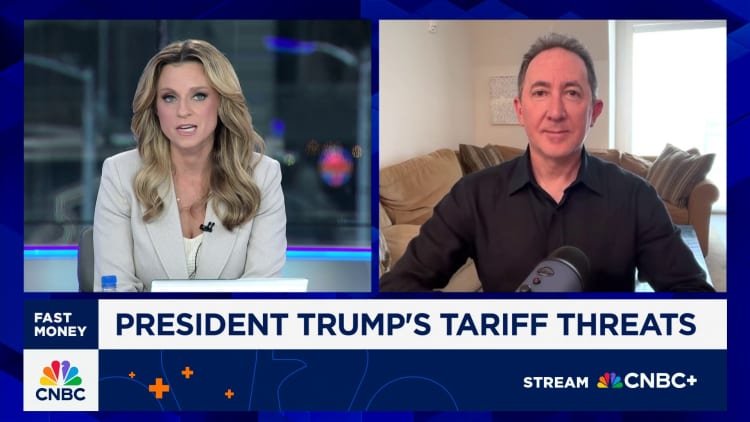Understanding June’s Economic Indicators and Inflation Trends
Overview of June’s Inflation Report
June’s inflation report is anticipated to provide critical insights beyond just the key figures. Economists and analysts will closely examine the underlying data to see if the impact of tariffs is beginning to register in consumer prices. The Consumer Price Index (CPI), scheduled for release on Tuesday at 8:30 a.m. ET, is projected to reflect a modest increase in both the general and core metrics, with the core rate remaining notably above the Federal Reserve’s target.
Key Indicators to Watch
The CPI is expected to report a monthly increase of 0.3% for both the overall and core rates, with the core rate excluding the more volatile categories of food and energy. Year-over-year figures are anticipated to show a headline increase of 2.7% and a core increase of 3%.
Economists indicate that June is a significant month, as it’s the first time the effects of the tariffs introduced by the Trump administration are likely to become evident. Chris Hodge, chief economist at Natixis CIB Americas, emphasizes that the report could mark a turning point in how tariffs influence consumer prices.
Impact of Tariffs on Consumer Prices
One of the central questions surrounding this report is the extent to which the tariffs are contributing to inflation. Analysts will focus on specific sectors, particularly automobiles and apparel, which are particularly sensitive to tariff fluctuations. Hodge highlights that the previous month’s data showed surprisingly low numbers for these categories, creating a contrast with expectations.
The May CPI figures showed minimal monthly growth, with headline and core rates rising only by 0.1%. Particularly, prices for new and used cars fell, alongside a 0.4% drop in apparel prices and a 1% decrease in energy prices. Historically, these sectors would be expected to reflect higher prices under tariff pressure, making the current figures counterintuitive.
Economists’ Projections
Looking ahead, many economists predict that the upcoming report will show a reversal in these trends. For example, Goldman Sachs forecasts a core CPI increase of only 0.2% for June, which is below the consensus expectations, particularly due to anticipated declines in used vehicle prices influenced by recent auction trends. Central bank officials often prioritize core inflation for a clearer picture of long-term trends and potential adjustments in monetary policy.
Experts will also monitor trends in core goods, which include items like clothing, electronics, and household furnishings. Goldman anticipates significant price increases in auto insurance and airfares, estimating that tariffs could contribute an additional 0.08 percentage points to the core inflation reading. Sectors directly affected by tariffs, including furniture and personal care products, might experience considerable price hikes.
Housing and Shelter Prices
Another critical area of focus will be shelter prices, which have consistently exerted upward pressure on overall inflation statistics. According to Goldman Sachs, while there’s likely to be a rapid increase in most core goods categories, core services inflation may not see the same level of impact in the near term.
Federal Reserve’s Stance
The Federal Reserve will be closely observing these reports, as they have been urged by White House officials, including President Trump, to consider lowering interest rates. A higher-than-expected inflation reading may compel central bank leaders to maintain a cautious approach toward policy adjustments.
Hodge articulates that the Fed aims to keep long-term inflation expectations anchored, and observing the peak impact of tariff-induced inflation will be crucial for them before making any decisions on rate cuts. He stresses that dissecting the inflation report into its components becomes increasingly vital at this juncture.
Conclusion
In summary, June’s inflation report holds significant implications for understanding the current economic landscape, particularly in light of tariff impacts and consumer behavior. As the data unfolds, it will provide essential insights into the ongoing dialogue about monetary policy and economic stability in the face of changing tariffs.
